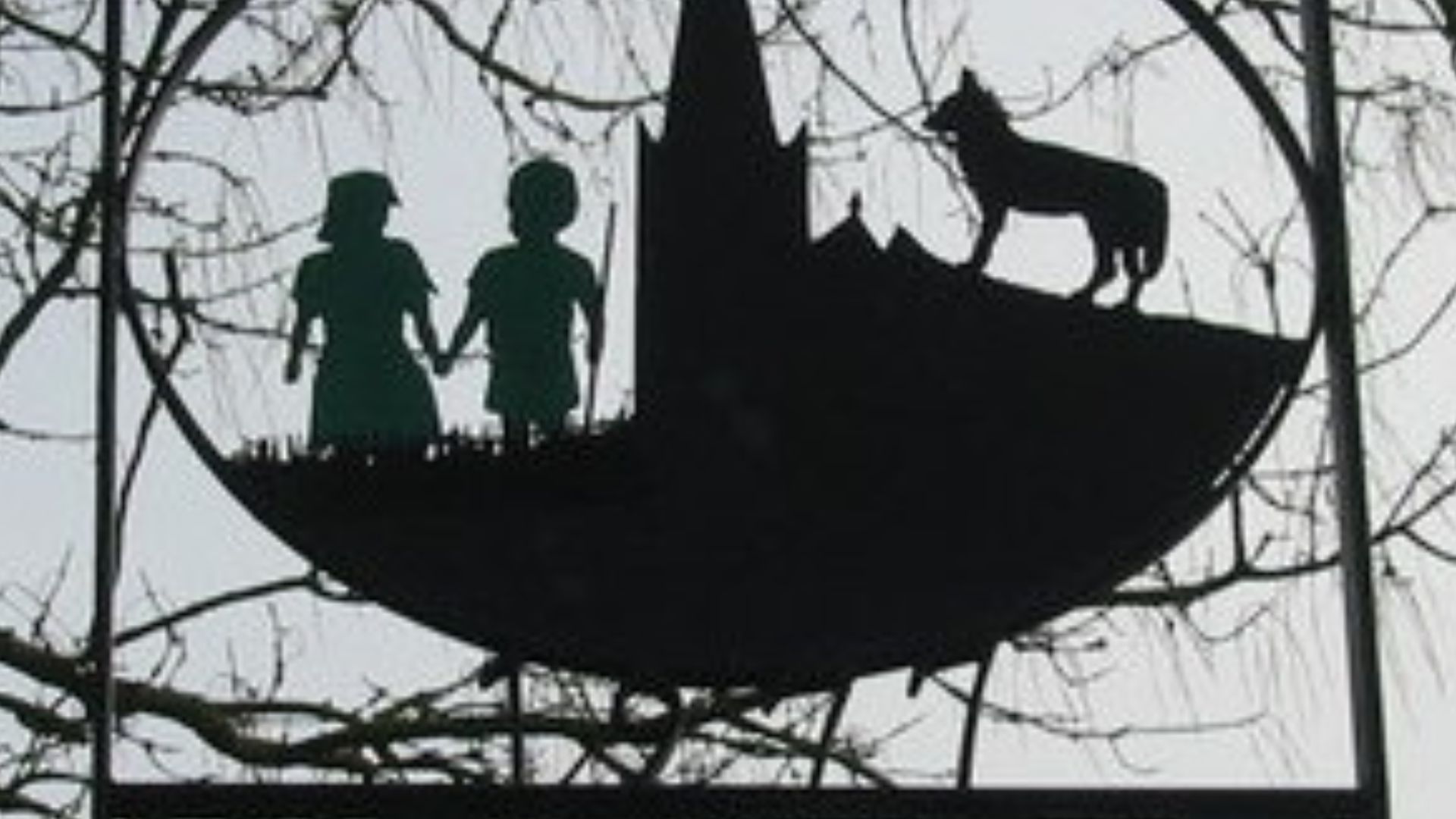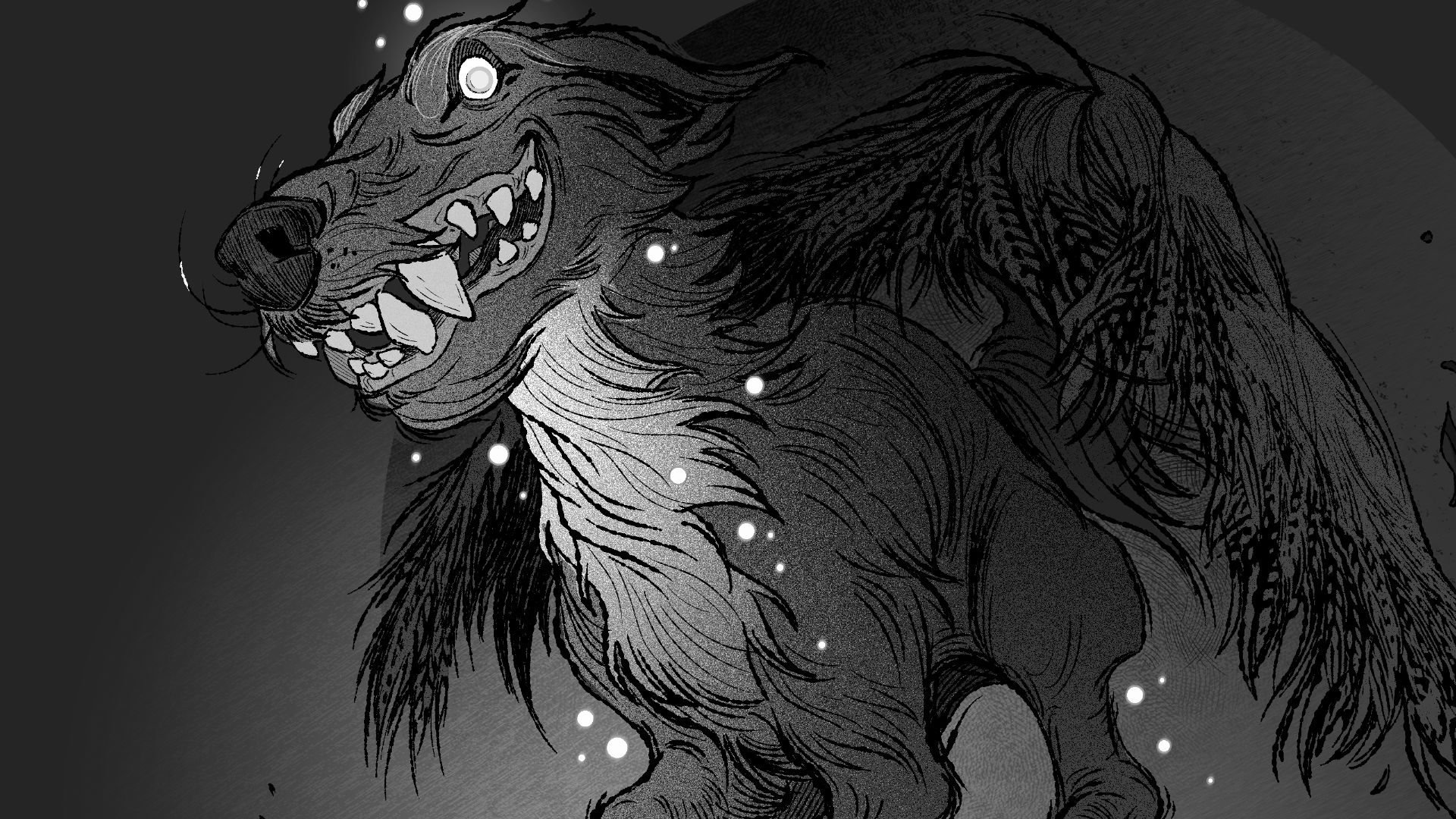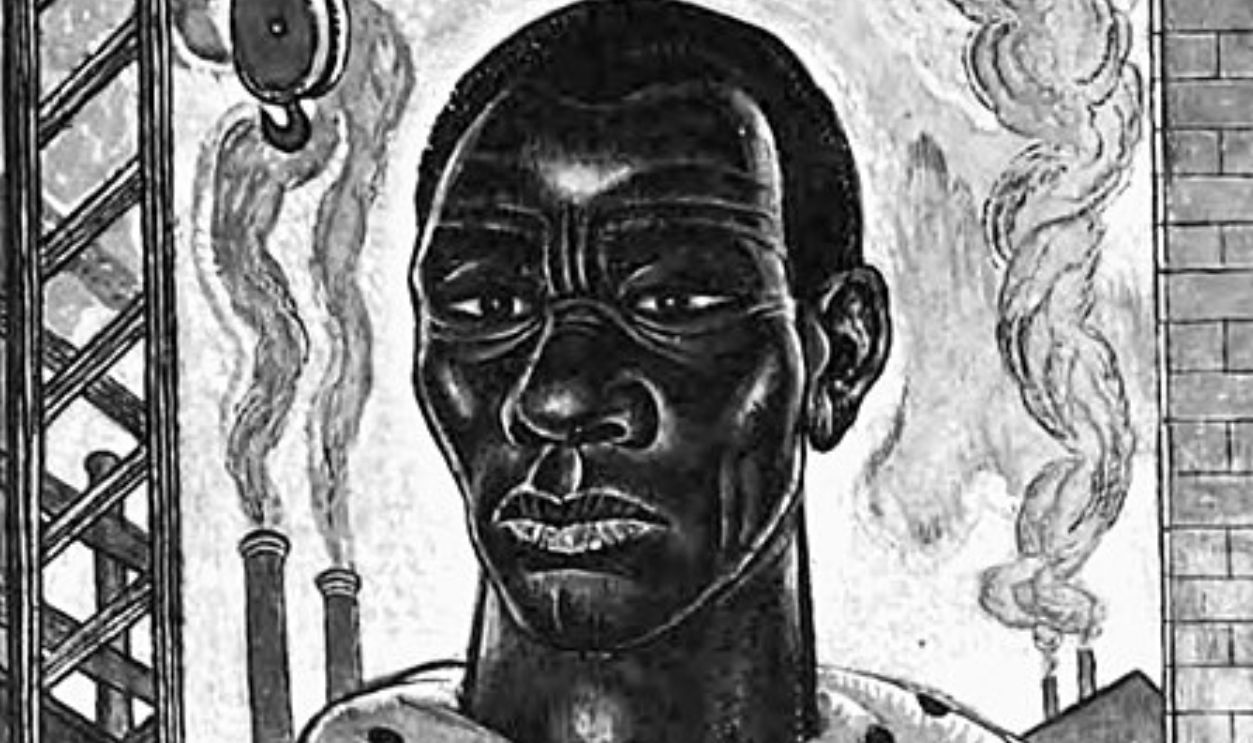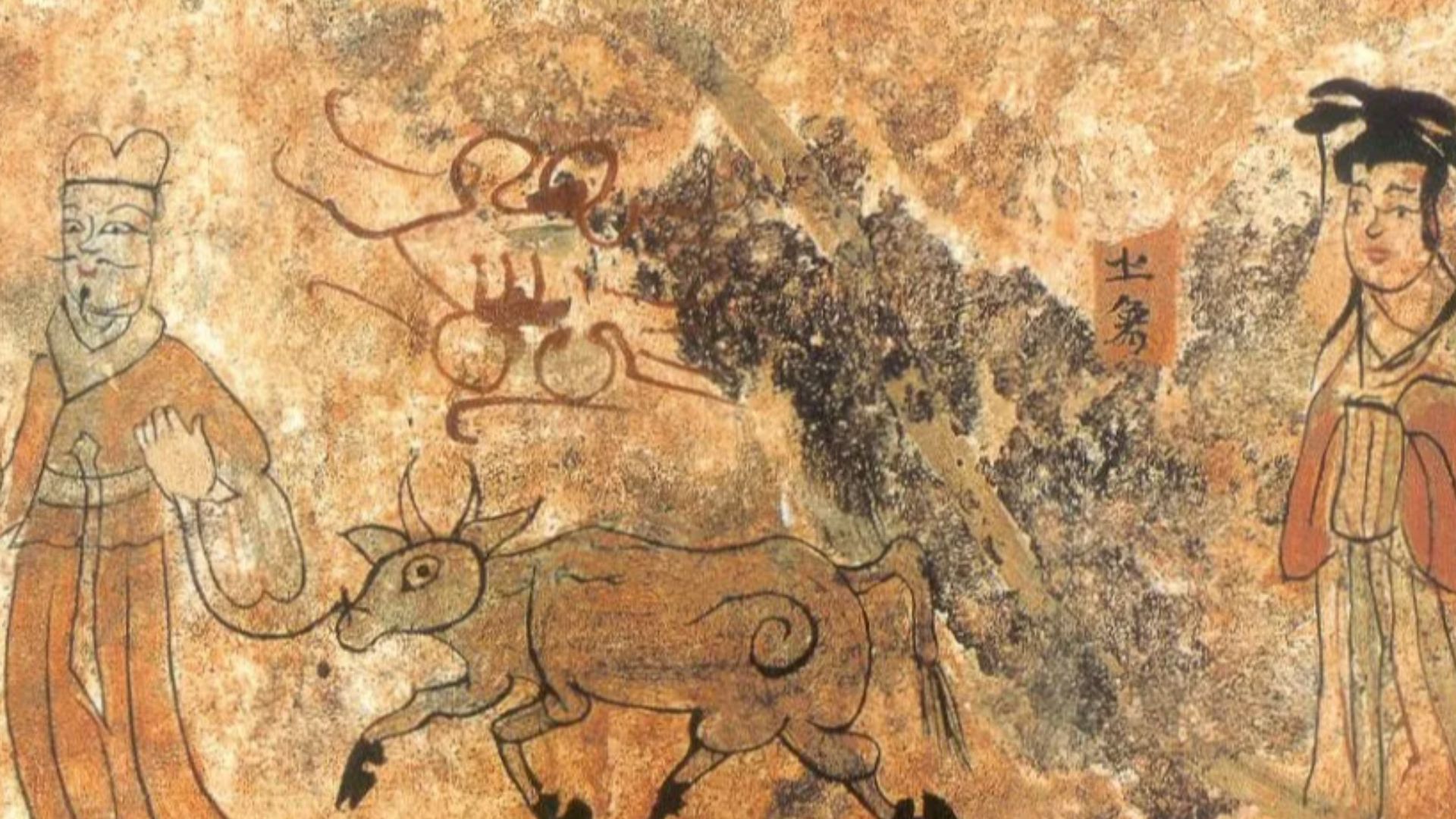Tales Beyond Logic
Ancient chroniclers recorded bizarre events alongside mundane history. The result? Fascinating tales that make you wonder if it’s just a myth or a collective memory.

Drake's Phantom Drum
Some believed Sir Francis Drake made a pact with the Devil to defeat the Spanish Armada in 1588, explaining his supernatural success against overwhelming odds. The rumor gained credence when Drake's final days were marked by delirious ravings described as words “no one cared to record”.
 Jodocus Hondius I, Wikimedia Commons
Jodocus Hondius I, Wikimedia Commons
Drake's Phantom Drum (Cont.)
After his demise, a friend wrote a poem suggesting Drake would return to save England in its darkest hour. His drum at Buckland Abbey beat during the Napoleonic Wars (1803–1815), World War I (1914–1918), and World War II (1939–1945).
 Throwawayhack assumed (based on copyright claims) ,Wikimedia Commons
Throwawayhack assumed (based on copyright claims) ,Wikimedia Commons
Drake's Phantom Drum (Cont.)
Certain witnesses claimed to hear phantom drumbeats even after the artifact was moved to secure storage for preservation. According to legend, the drum has been heard beating by itself during times of peril or major events, such as the departure of the Mayflower in 1620.
 Internet Archive Book Images,Wikimedia Commons
Internet Archive Book Images,Wikimedia Commons
The Mistletoe Bride's Fate
By the mid-19th century, this had become one of England's most popular songs, with thousands knowing its verses by heart and singing it at special occasions. The tale's widespread appeal reflected Victorian society's fascination with Gothic romance and tragic domestic stories.
 The Mistletoe Bough by Percy Stow (1904) by Vintaflicks
The Mistletoe Bough by Percy Stow (1904) by Vintaflicks
The Mistletoe Bride's Fate (Cont.)
Thomas Bayly jotted it down in the 1830s, insisting it was already ancient folklore known across England. Multiple stately homes claimed that the tragedy occurred within their walls. Basically, the bride hid in an old oak chest during the hide-and-seek game at her wedding celebration.
 Unknown author, Wikimedia Commons
Unknown author, Wikimedia Commons
The Mistletoe Bride's Fate (Cont.)
Unfortunately, the lid trapped her inside. Despite frantic searches, this woman was not found. Only much later, when the house was being cleared or renovated, they discovered her skeletal remains, with a wreath of mistletoe upon her skull.
 The Mistletoe Bough by Percy Stow (1904) by Vintaflicks
The Mistletoe Bough by Percy Stow (1904) by Vintaflicks
Cutty Dyer's River Hunt
Local Ashburton publications first documented Cutty Dyer in 1879, but the myth stretched back generations. People's great-grandparents had already feared this water monster during their childhood. This timing coincides with the Industrial Revolution, when many English towns were undergoing rapid modernization.
Cutty Dyer's River Hunt (Cont.)
The creature's reign of terror ended abruptly when Ashburton installed streetlights, suggesting how electric lighting changed English towns and banished age-old superstitions. Two men once reported seeing him waist-deep in the River Yeo with blazing red eyes and shark-like teeth.
 Rupert Fleetingly,Wikimedia Commons
Rupert Fleetingly,Wikimedia Commons

History's most fascinating stories and darkest secrets, delivered to your inbox daily.
Cutty Dyer's River Hunt (Cont.)
They were frozen in terror until his cold touch broke their paralysis and sent them fleeing into the night. His preferred victims are mischievous children and inebriated adults, making him a cautionary figure for both groups. Hence, parents used this story to frighten children into good behavior.
 James Collinson,Wikimedia Commons
James Collinson,Wikimedia Commons
The Redcap's Hat
Imagine a lawless borderland where raiders crossed freely between England and Scotland, leaving behind tales of horror that would chill everyone. The continuous warfare made this region so dangerous that myths of evil spirits seemed almost reasonable explanations for the carnage witnessed daily.
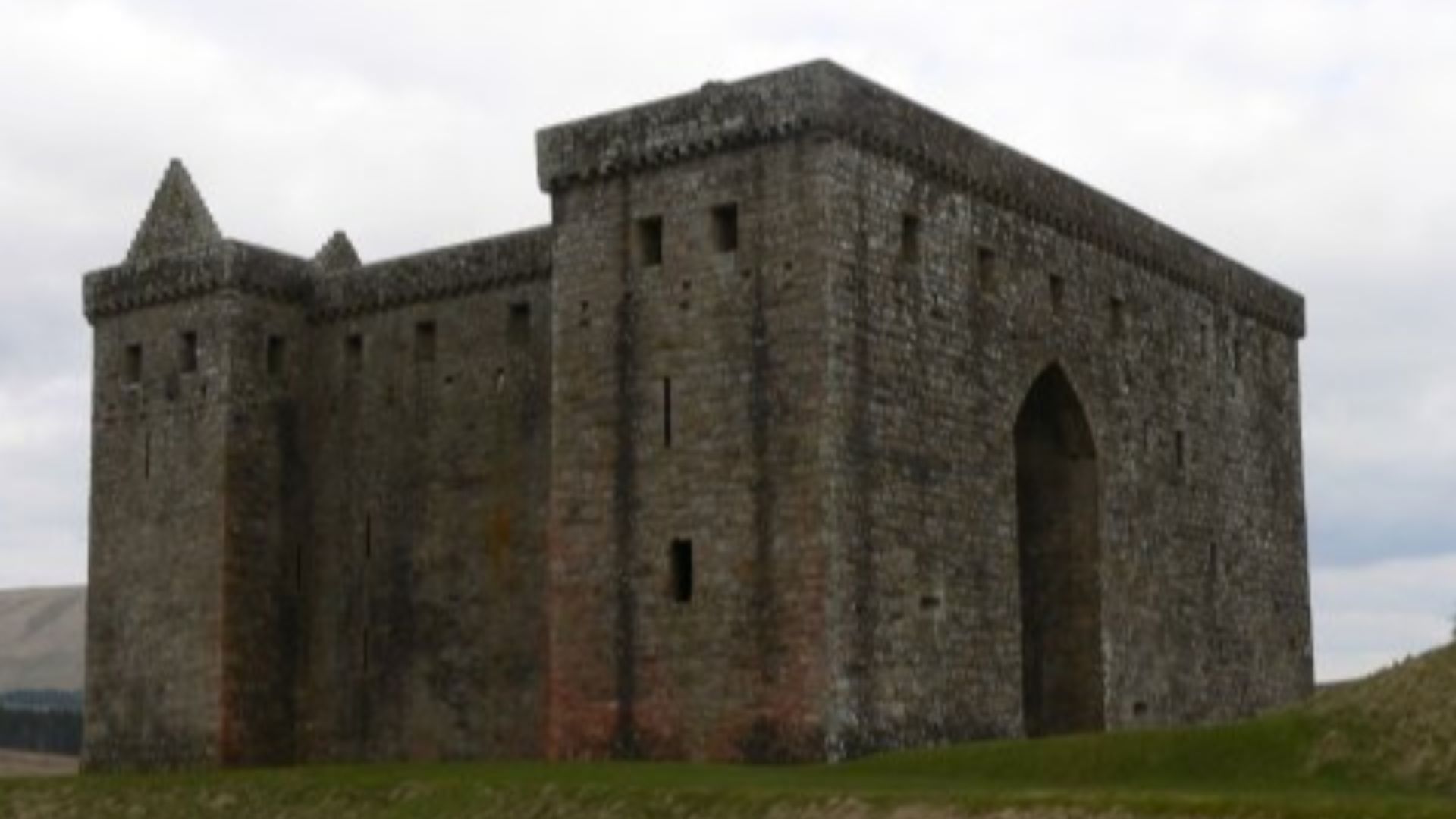 Van de Beek, Wikimedia Commons
Van de Beek, Wikimedia Commons
The Redcap's Hat (Cont.)
The Redcap personified this violence. He was a malevolent being with iron shoes and talons who haunted abandoned border castles, using victims' blood to dye his signature red cap. Surprisingly, this terrifying figure had a weakness. Reciting scripture or brandishing a crucifix would make him scream.
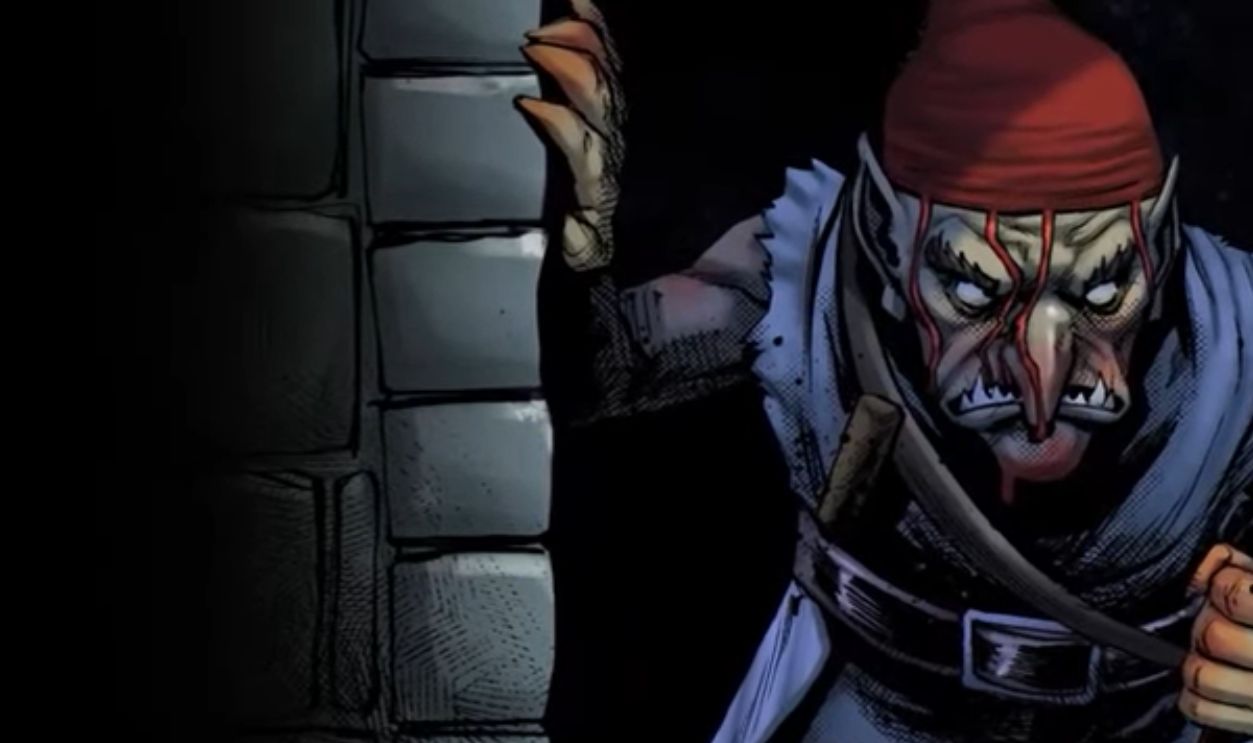 Redcap - The Bloodthirsty Goblin of English Folklore by See U in History / Mythology
Redcap - The Bloodthirsty Goblin of English Folklore by See U in History / Mythology
The Redcap's Hat (Cont.)
Sometimes, he would also vanish in flames, leaving only a single jagged tooth behind. These individuals were said to be incredibly fast and strong, despite their heavy iron attire. Besides, the hat symbolizes the Redcap's dependence on violence and bloodshed for survival.
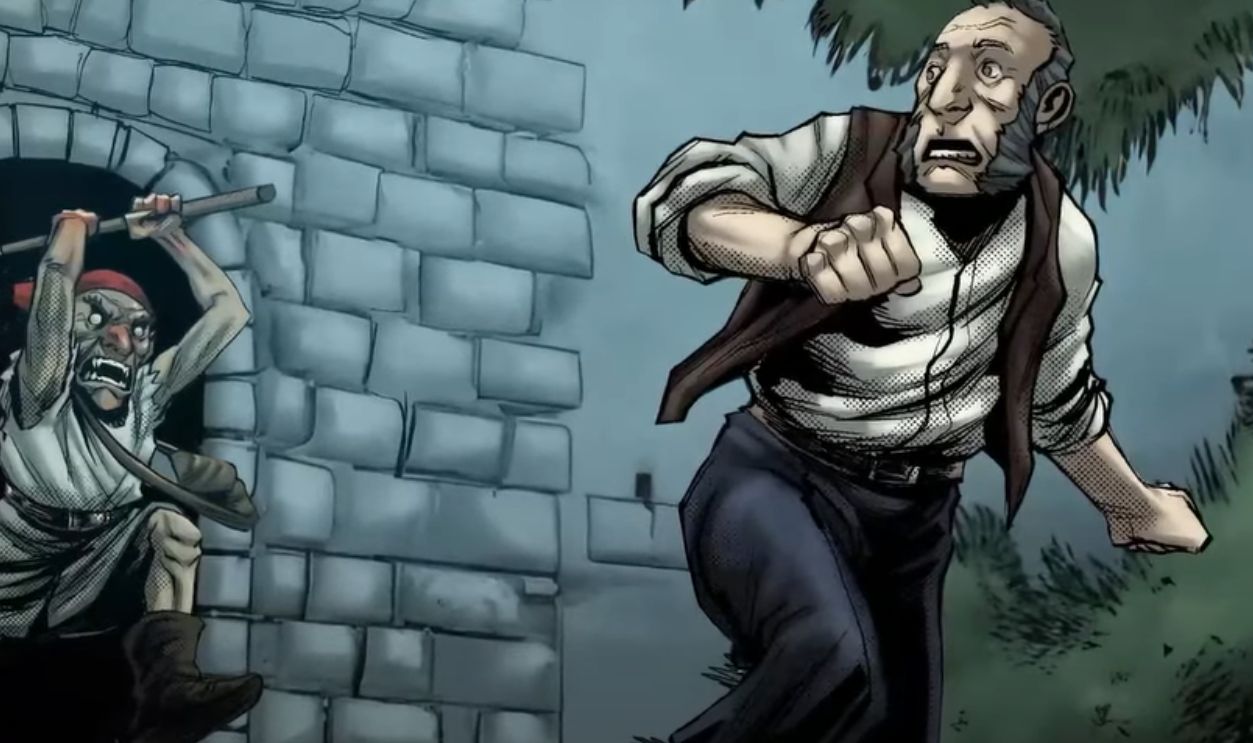 Redcap - The Bloodthirsty Goblin of English Folklore by See U in History / Mythology
Redcap - The Bloodthirsty Goblin of English Folklore by See U in History / Mythology
Will O' The Wisp's Deception
In many narratives, the Will o' the Wisp is a small, glowing light, sometimes carried by a mischievous spirit. In Welsh folklore, it is the "fairy fire" of a puca, a goblin-like creature that leads travelers astray, only to extinguish the light and leave them lost in the darkness.
 Will-o’-the-Wisp: Monstrous Flame or Scientific Phenomenon? | Monstrum by Storied
Will-o’-the-Wisp: Monstrous Flame or Scientific Phenomenon? | Monstrum by Storied
Will O' The Wisp's Deception (Cont.)
He is believed to be the soul of a sinner, an unbaptized child, or a person doomed to wander the earth. The phenomenon is recognized by many names, including Jack-o'-Lantern. However, modern science explains it as the result of the oxidation of gases.
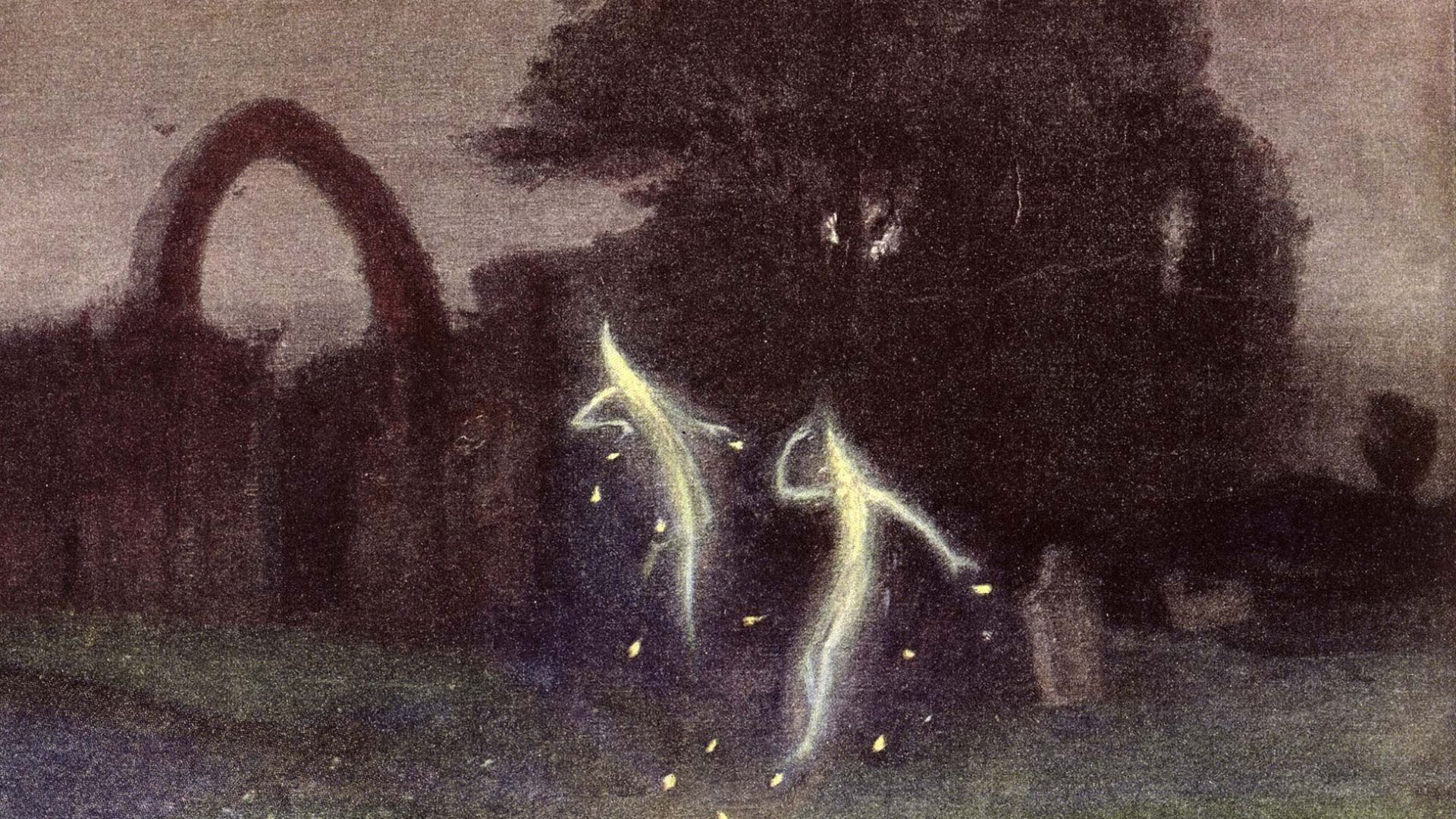 Hermann Hendrich, Wikimedia Commons
Hermann Hendrich, Wikimedia Commons
Legend Of El Dorado
This is undoubtedly the most famous tale of a vanished city of gold. Originating in the 16th century, the story began with Spanish accounts of a Muisca king in Colombia who, during a ritual, was covered in gold dust and washed it off in a sacred lake.
 Willem Blaeu,Wikimedia Commons
Willem Blaeu,Wikimedia Commons
Legend Of El Dorado (Cont.)
This king became known as "El Dorado"—the Golden One. Driven by the need for unimaginable riches, European explorers launched numerous expeditions into the jungles of South America. Sadly, no golden city was ever found. The myth persisted, influencing literature, art, and popular culture.
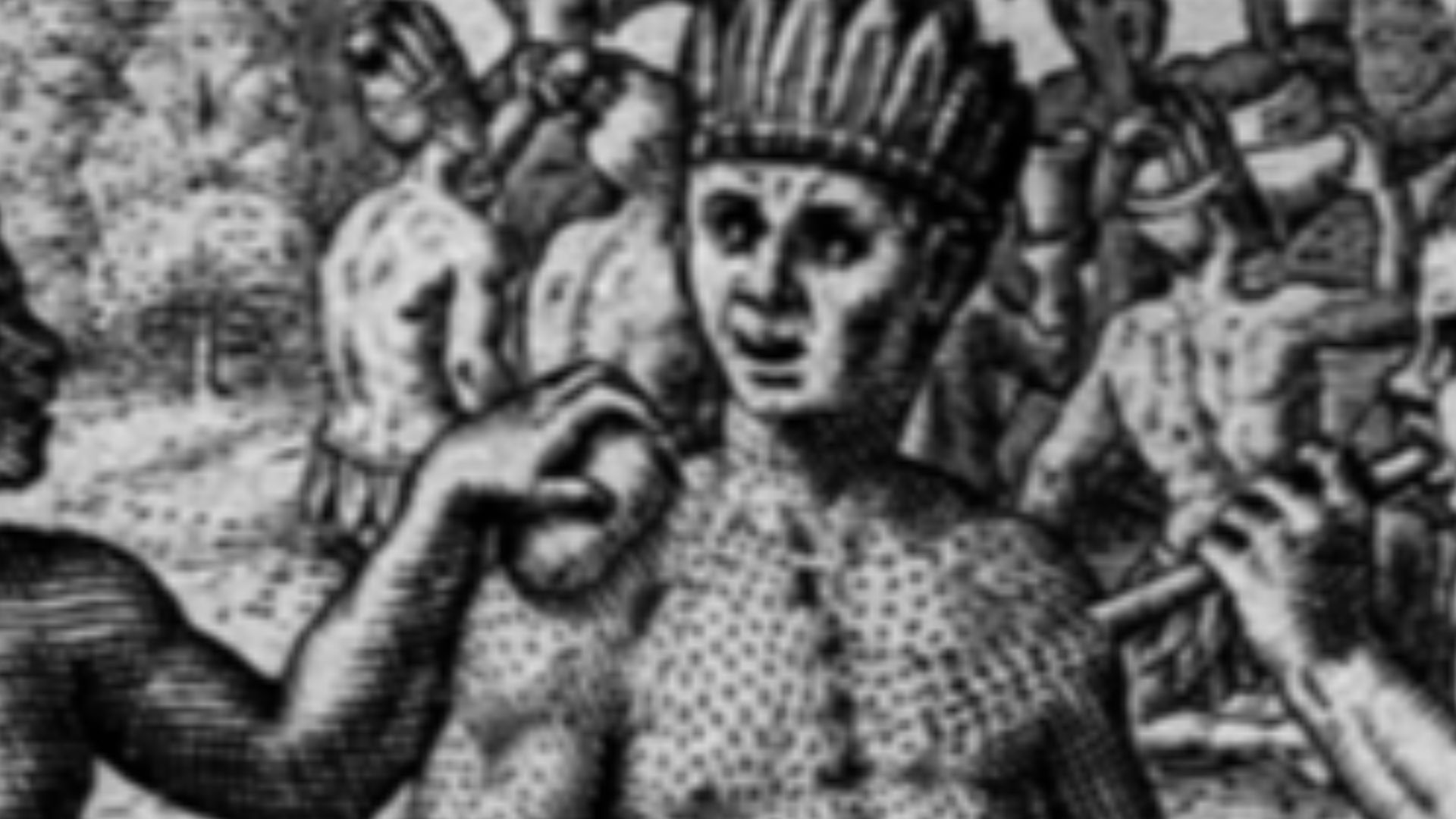 Theodor de Bry, Wikimedia Commons
Theodor de Bry, Wikimedia Commons
Black Annis And Her Skin Cloak
The 1764 title deed referencing "Black Anny's Bower Close" provides the earliest registered evidence of this Leicestershire witch, though local oral traditions go back much further. Her cave dwelling, complete with a large tree at its entrance, was built over during the post-WWI housing boom.
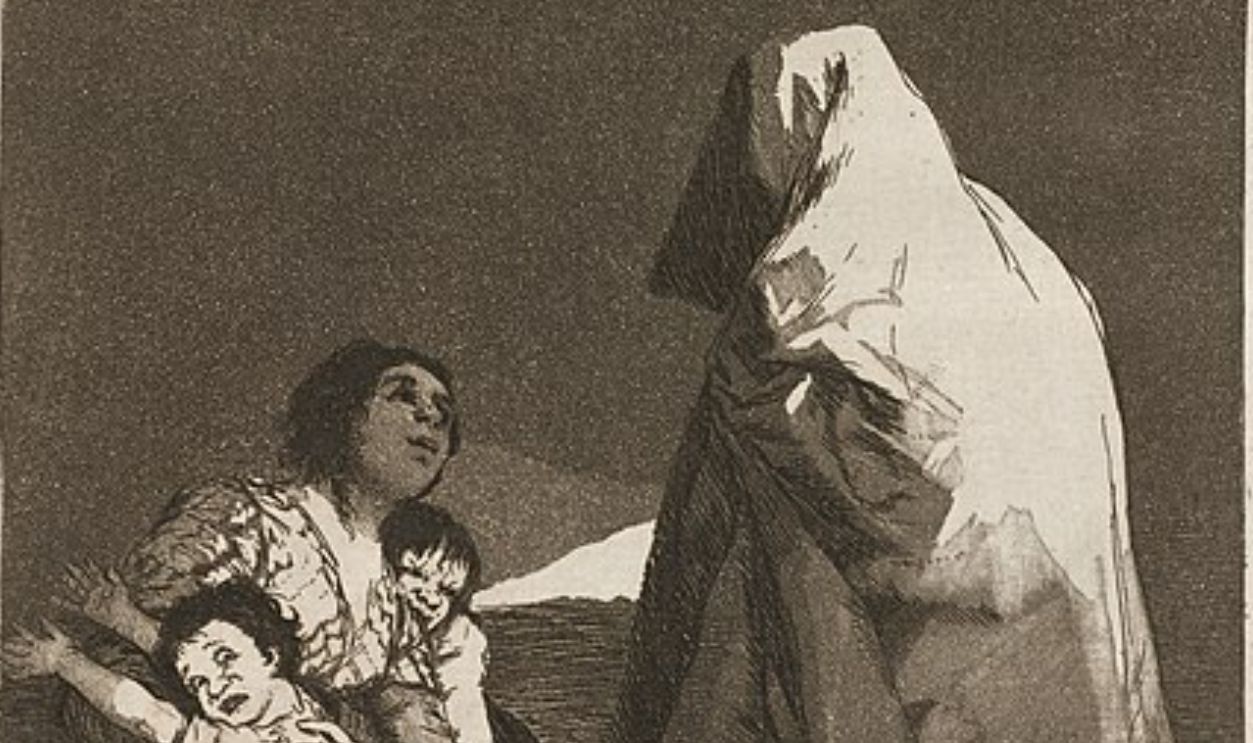 Francisco de Goya, CC0, Wikimedia Commons
Francisco de Goya, CC0, Wikimedia Commons
Black Annis And Her Skin Cloak (Cont.)
Black Annis possessed a blue face and iron claws. She used her unnaturally long arms to reach through windows and snatch sleeping children. Her most grotesque habit involved draining victims' blood, then hanging their skins on her tree to dry before sewing them into her skirt.
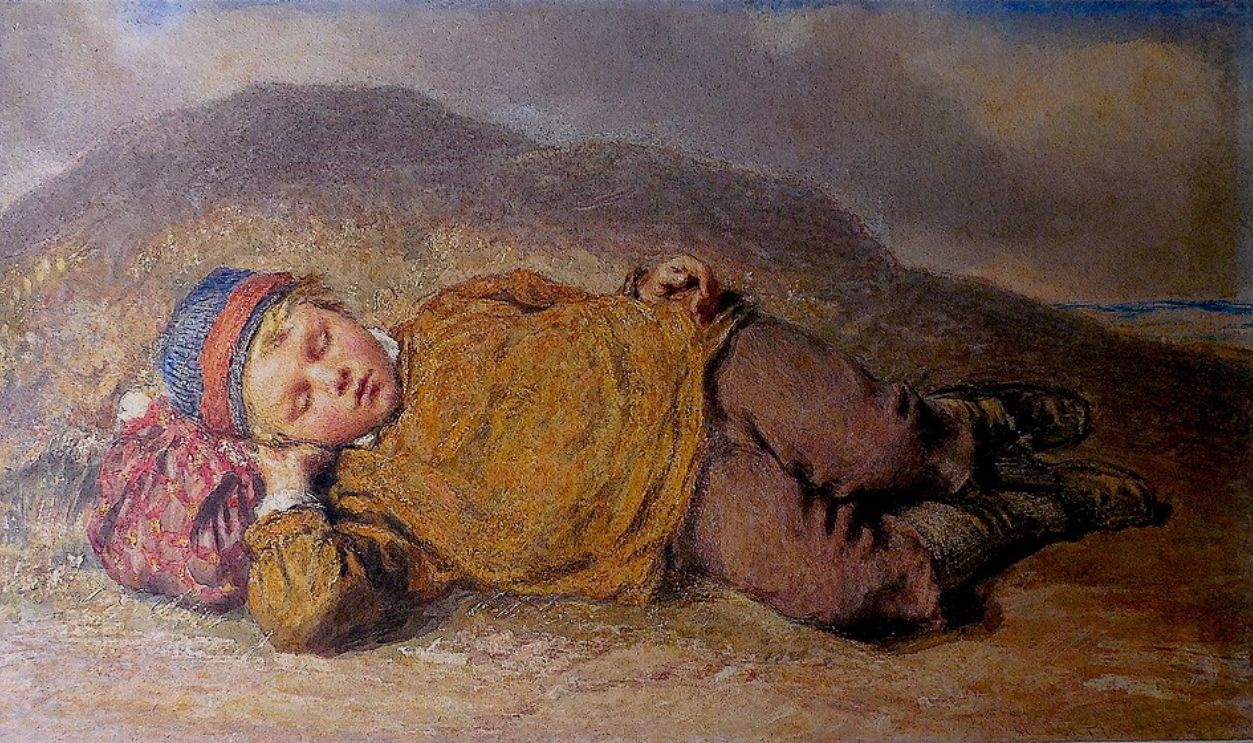 Craig W. Englund, Wikimedia Commons
Craig W. Englund, Wikimedia Commons
Black Annis And Her Skin Cloak (Cont.)
Fortunately, her howls could be heard up to 8 kilometers away, giving families time to secure windows and place protective herbs above them. Some people link Black Annis to ancient goddesses of devouring, such as the Celtic Danu or the crone aspect of the Great Goddess.
 Unknown artistUnknown artist, Wikimedia Commons
Unknown artistUnknown artist, Wikimedia Commons
Spring-Heeled Jack's Terror
Victorian London's gas-lit streets brought us perfect conditions for mystery and terror when Spring-Heeled Jack first appeared in 1837–1838. Around three women reported attacks by a figure with red eyes, a skin-tight black suit, and metal claws. The Metropolitan Police investigated the case.
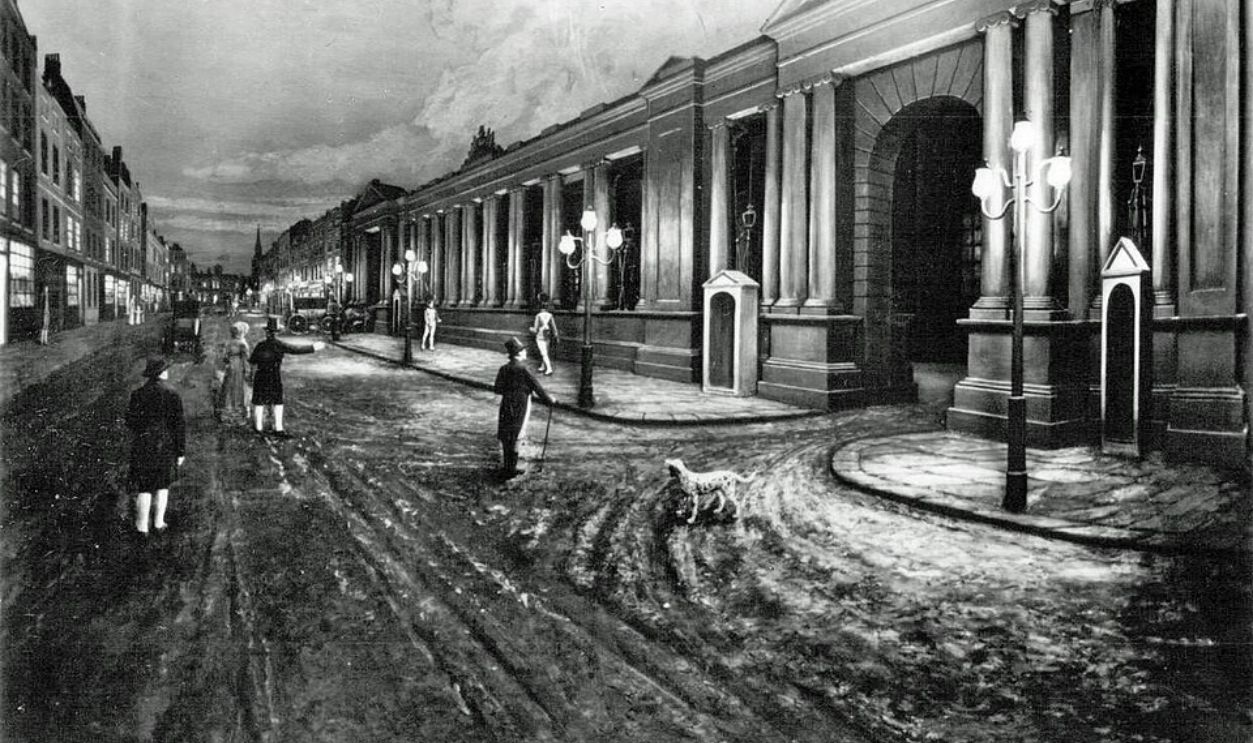 Leonard Bentley, Wikimedia Commons
Leonard Bentley, Wikimedia Commons
Spring-Heeled Jack's Terror (Cont.)
Vigilante groups formed across the city to hunt this creature, who could breathe blue flames and leap incredible heights, paralyzing victims with fear. Lord Beresford, Marquis of Waterford, became the prime suspect. He was a wealthy prankster known for nighttime escapades.
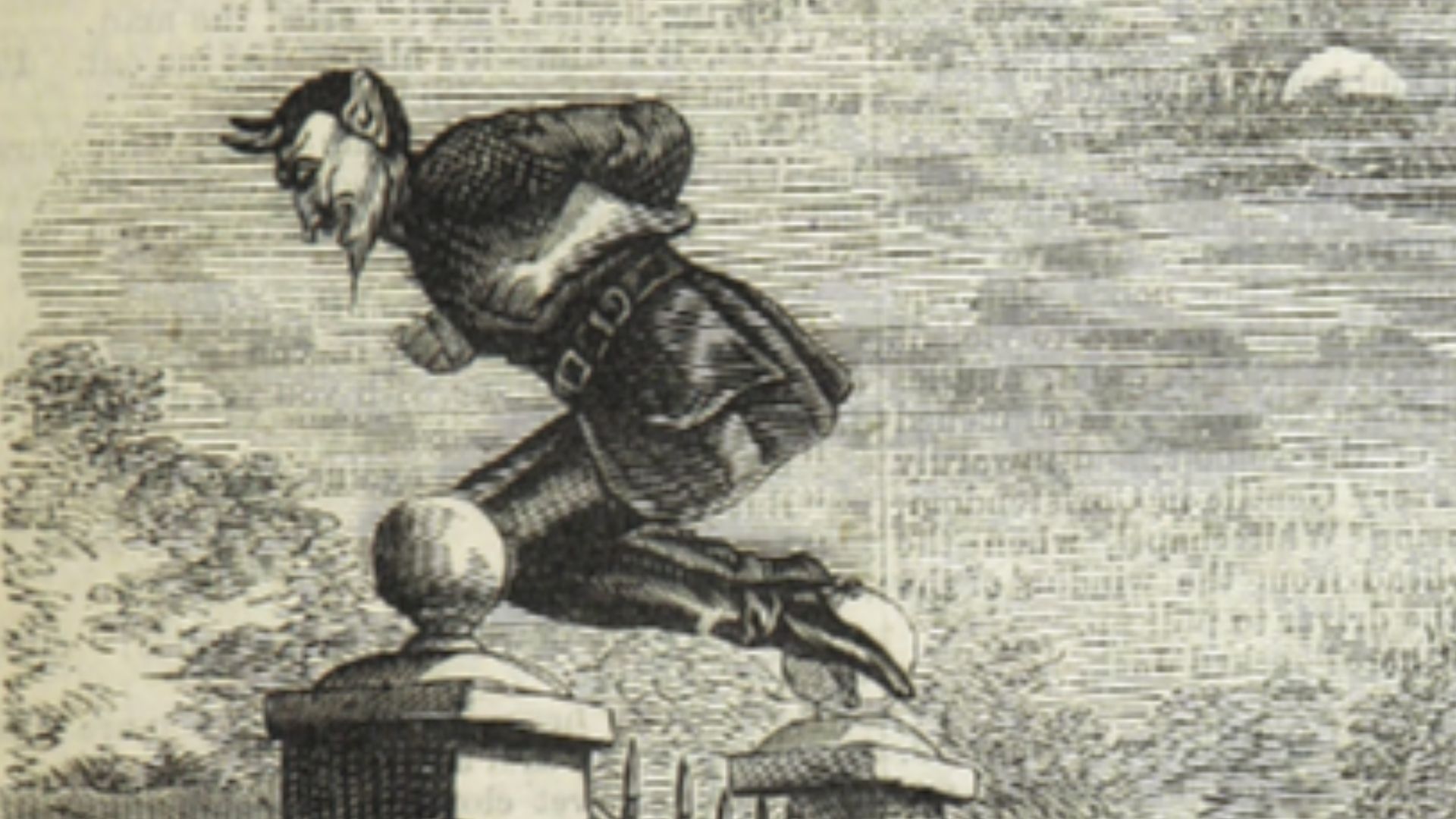 AnonymousUnknown author, Wikimedia Commons
AnonymousUnknown author, Wikimedia Commons
The Yorkshire Gytrash
Charlotte Bronte immortalized this beast in Jane Eyre (1847), where the protagonist encounters a solitary horse on a dark road. The Gytrash was generally seen as a black dog, mule, or horse with fiery red eyes, haunting the old pathways that crisscrossed Yorkshire's expansive hills.
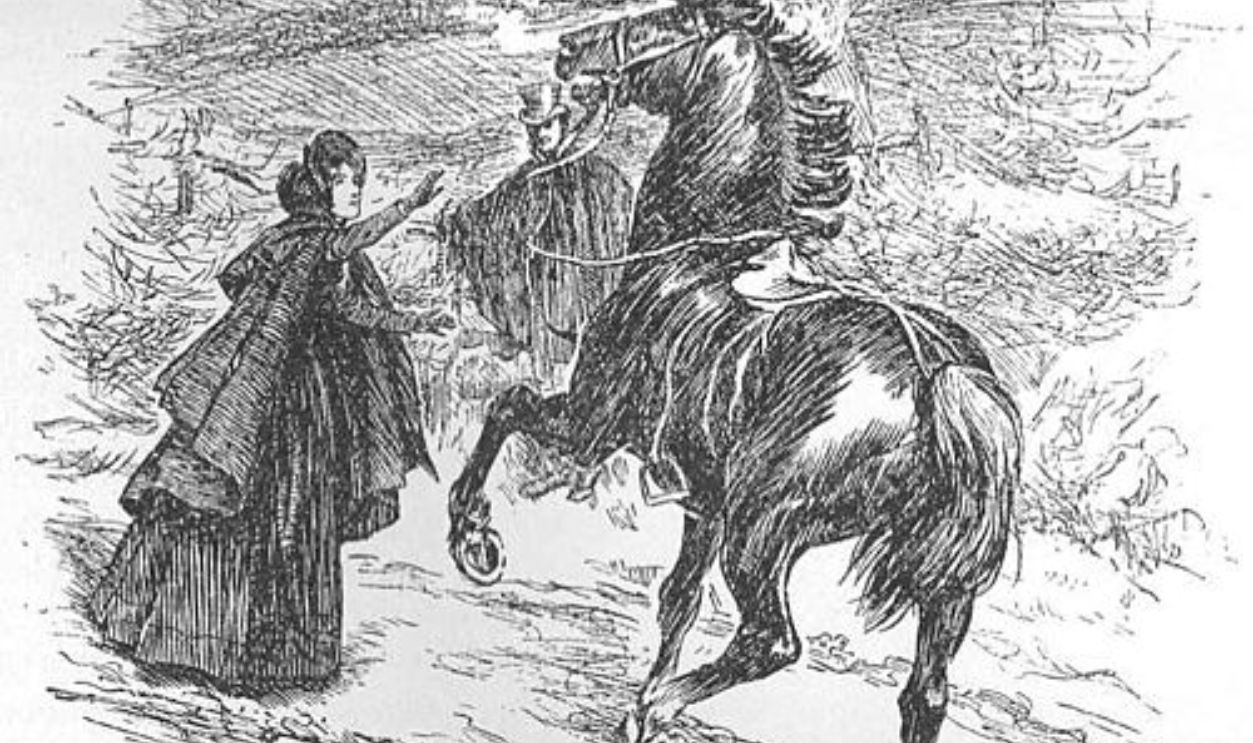 F. H. Townsend, Wikimedia Commons
F. H. Townsend, Wikimedia Commons
The Yorkshire Gytrash (Cont.)
These moorland paths, some in use for hundreds of years, made great hunting grounds for a spirit that fed on lost travelers. The Gytrash's dual nature—sometimes leading people to safety, other times to their doom—mirrored the dangerous reality of Yorkshire's wilderness.
 Aleks Scholz , Wikimedia Commons
Aleks Scholz , Wikimedia Commons
The Green Children Of Woolpit
Medieval chroniclers Ralph of Coggeshall and William of Newburgh both documented this extraordinary 12th-century event, lending unusual credibility to what should have been dismissed. Two children with green-tinted skin were seen near Woolpit, Suffolk, speaking an unknown language and refusing all food except raw green beans.
The Green Children Of Woolpit (Cont.)
The boy died shortly after their discovery, but the girl survived, gradually losing her green color as she adapted to normal food and learned English. She claimed they came from an underground realm called St Martin's Land, where eternal twilight reigned and inhabitants were all green-skinned.
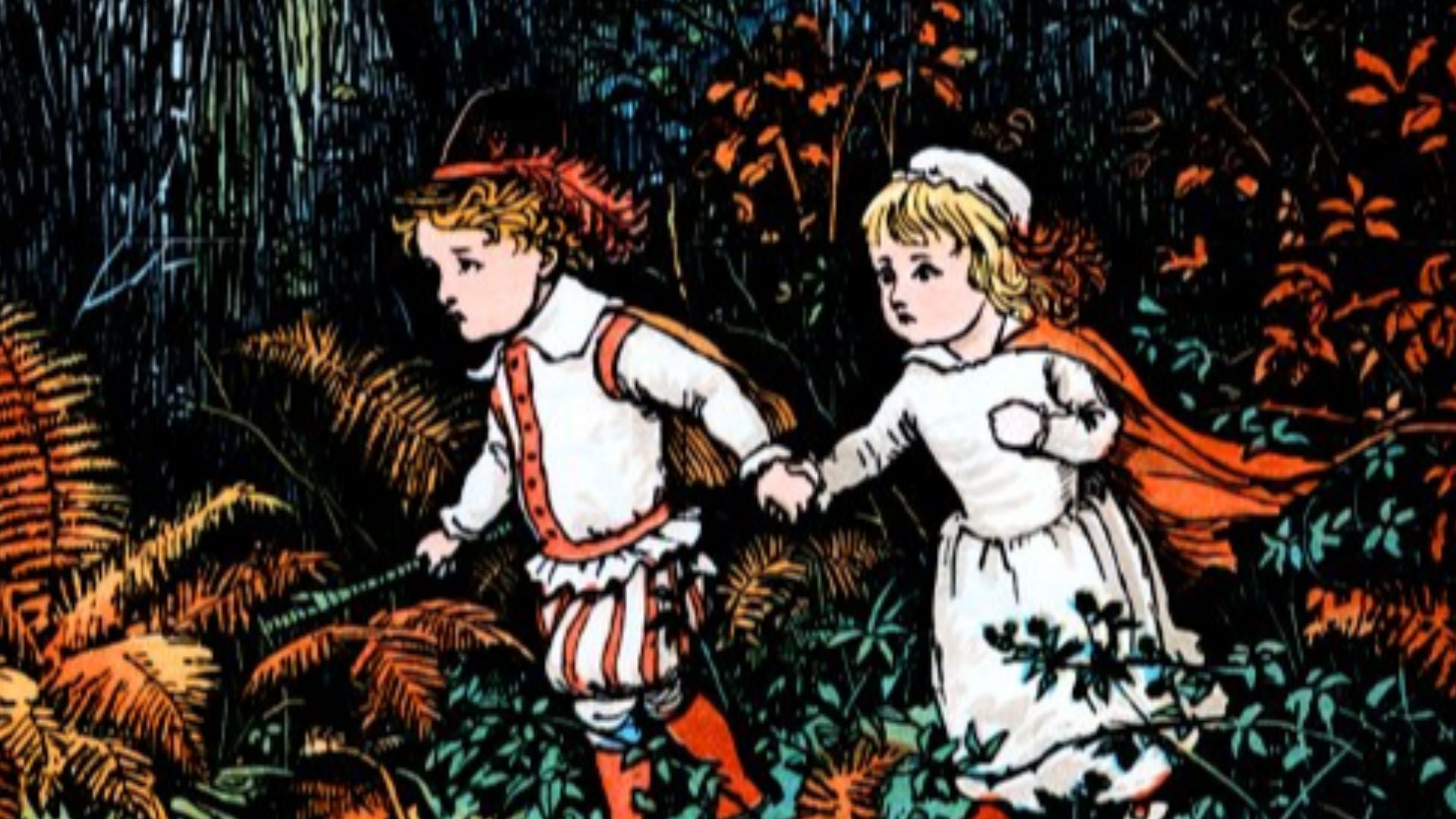 Tagishsimon, Wikimedia Commons
Tagishsimon, Wikimedia Commons
The Green Children Of Woolpit (Cont.)
Well, one highly plausible explanation is that the children were Flemish refugees, possibly orphaned during the period’s civil strife. Their language would have sounded strange to locals, and malnutrition could have caused their skin color, which faded as their health improved.
Boggarts In The Attic
These household spirits represented every Victorian family's worst nightmare: domestic chaos that couldn't be controlled through proper management or Christian virtue. Unlike poltergeists, boggarts weren't ghosts but malevolent fairies who attached themselves to specific families, following them even when they moved houses.
Boggarts In The Attic (Cont.)
Traditional wisdom warned against naming your boggart, as this would increase its power and make removal nearly impossible. They specialized in turning milk sour and breaking household items, essentially weaponizing daily life's normal wear and tear into supernatural terror.
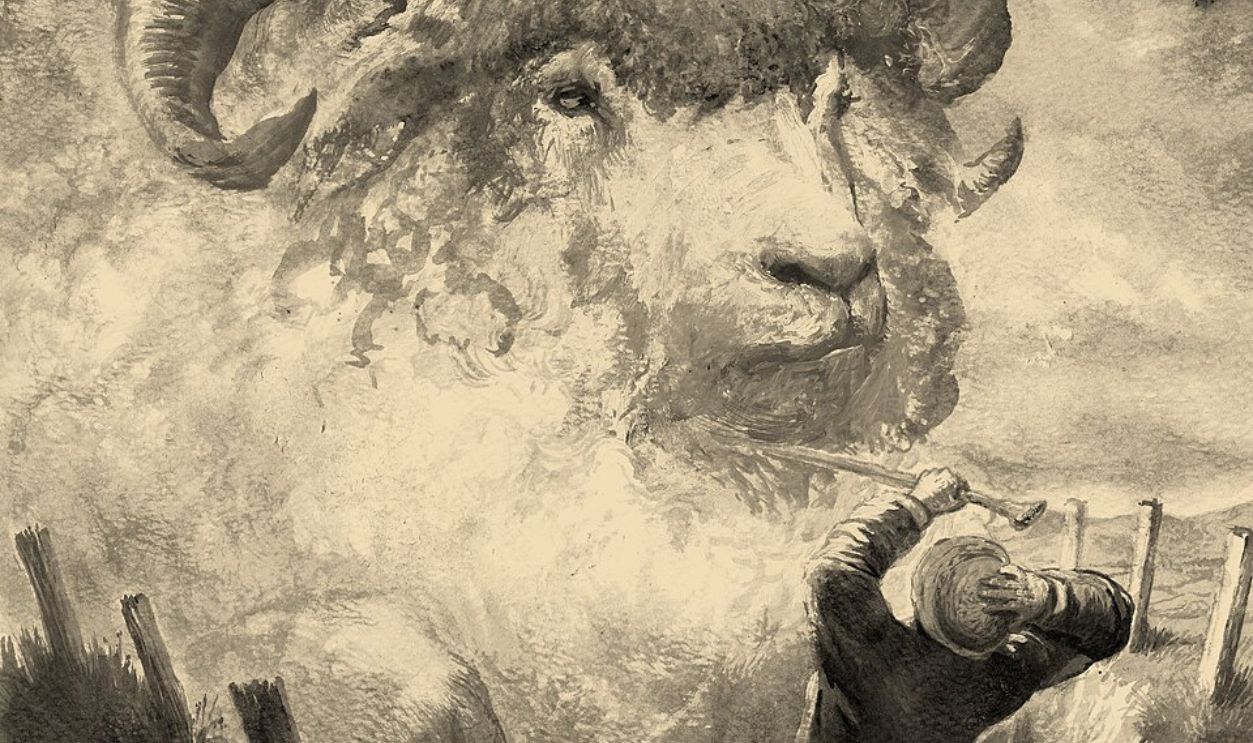 Jantiff Illustration, Wikimedia Commons
Jantiff Illustration, Wikimedia Commons
The Lambton Worm's Curse
Nine generations of the Lambton family were doomed to die unnatural deaths. Robert Lambton drowned at Newrig in 1583, Colonel William Lambton died at the Battle of Marston Moor in 1644, and Henry Lambton was killed in his carriage, lending eerie credibility to the supernatural punishment.
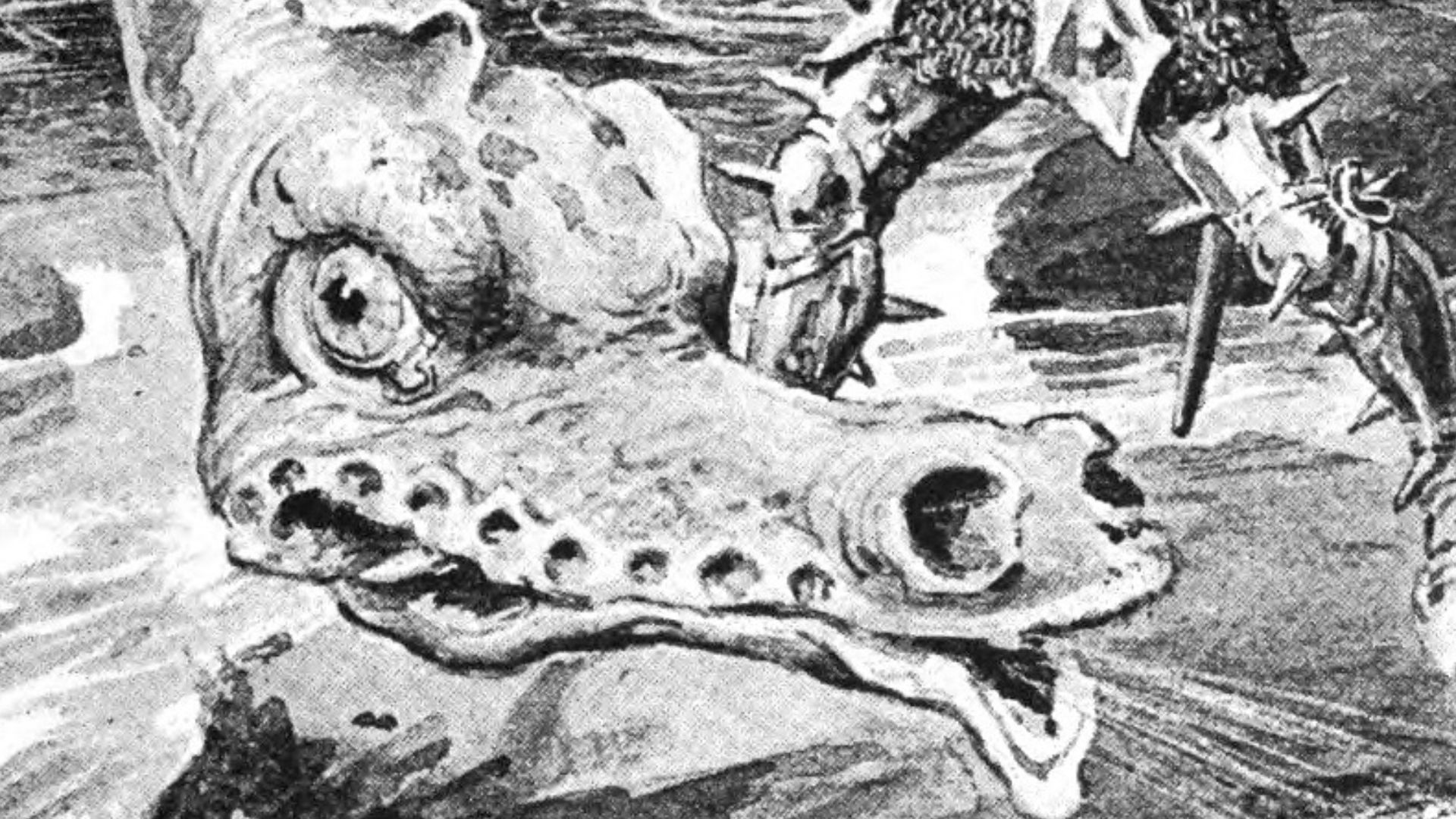 Unknown authorUnknown author, Wikimedia Commons
Unknown authorUnknown author, Wikimedia Commons
The Lambton Worm's Curse (Cont.)
The saga began when young John Lambton caught a strange eel-like creature while fishing on Sunday instead of attending church in the River Wear. After throwing it down a well and departing for the Crusades, the organism grew into a massive dragon that terrorized County Durham.
 Oliver Dixon , Wikimedia Commons
Oliver Dixon , Wikimedia Commons
The Lambton Worm's Curse (Cont.)
It wrapped itself seven times around Worm Hill before John's return and epic battle in spike-covered armor. The curse stating that “no Lambton shall die in his bed for nine generations,” still remains one of the most memorable motifs in English folklore.
 Oliver Dixon , Wikimedia Commons
Oliver Dixon , Wikimedia Commons
Jenny Greenteeth's Pond
Duckweed and pondweed were commonly called "Jenny Greenteeth" throughout Lancashire, crafting a fantastic linguistic bridge between natural phenomenon and supernatural warning. This green surface covering could make dangerous water appear solid to unwary kids, turning botanical knowledge into lifesaving tales that parents used for years.
 JENNY GREENTEETH: England's Aquatic Hunter of Stagnant Waters by FACTSInMinutes
JENNY GREENTEETH: England's Aquatic Hunter of Stagnant Waters by FACTSInMinutes
Jenny Greenteeth's Pond (Cont.)
The water hag herself was described as having green mottled skin, long hair, and razor-sharp teeth. She lurked below these deceptive plant mats in ponds and slow-moving rivers. Victorian industrial expansion created numerous canals and gravel pits where Jenny reportedly hunted.
Jenny Greenteeth's Pond (Cont.)
In some iterations, Jenny Greenteeth is synonymous with the pondweed itself, or she uses it to entice children by making the pond look safe to walk on. When a child steps on the duckweed, it parts, and they fall into the water, straight into her clutches.
 JENNY GREENTEETH: England's Aquatic Hunter of Stagnant Waters by FACTSInMinutes
JENNY GREENTEETH: England's Aquatic Hunter of Stagnant Waters by FACTSInMinutes
John Henry's Steel Hammer
John Henry is a legendary figure, celebrated as a "steel-driving man"—a railroad worker who hammered steel drills into rock to build holes for explosives during tunnel construction. His story is immortalized in ballads, symbolizing the struggle of manual laborers against the rise of machines.
John Henry's Steel Hammer (Cont.)
According to the most famous version, John Henry competed in a race against a steam-powered rock drill, determined to prove that human strength and spirit could outmatch mechanized labor. However, the effort cost him his life as he passed away with his hammer in his hand.
 Roy La Grone, Wikimedia Commons
Roy La Grone, Wikimedia Commons
John Henry's Steel Hammer (Cont.)
He succumbed to exhaustion and physical toll. Historical records suggest a real John Henry worked on the Big Bend Tunnel project, where steam-powered drilling machines were indeed tested against human workers. Even today, John Henry stands as a symbol of the dignity of labor.
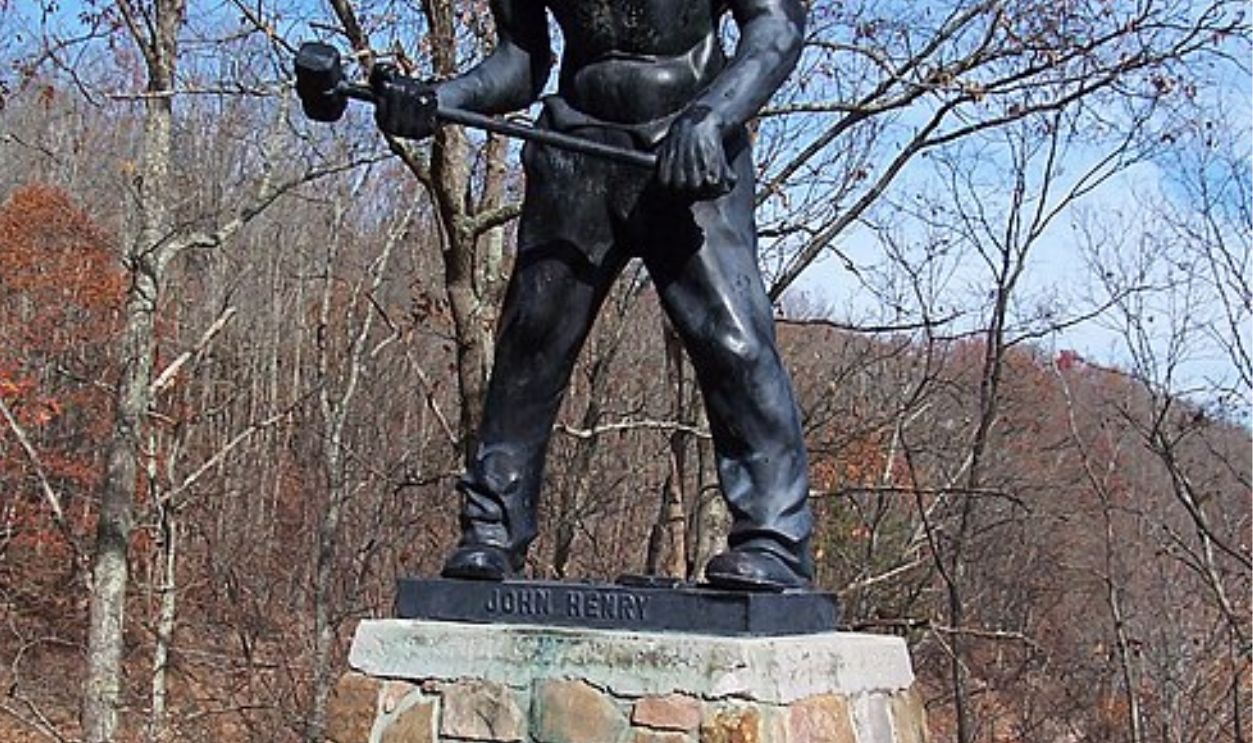 jpmueller99, Wikimedia Commons
jpmueller99, Wikimedia Commons
Paul Bunyan's Giant Footprints
French-Canadian lumber camps of the 1800s originally created Bunyan stories to explain the huge scale of North American logging operations that seemed impossible to European immigrants. These tales claimed his footprints gave rise to Minnesota's 10,000 lakes, while his dragging shovel carved the Grand Canyon.
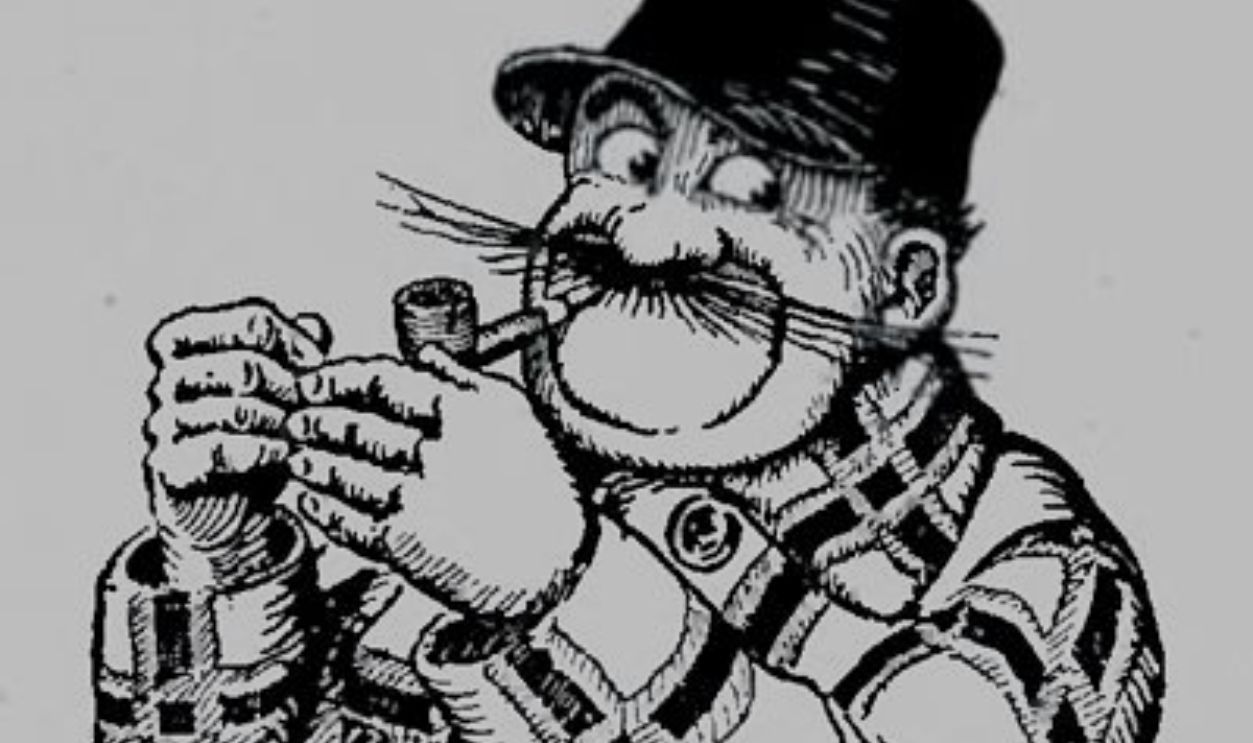 William B. Laughead, Wikimedia Commons
William B. Laughead, Wikimedia Commons
Paul Bunyan's Giant Footprints (Cont.)
It is also said that his campfire stones formed Mount Hood. Babe the Blue Ox, Bunyan's constant companion, was supposedly born during the "Winter of the Blue Snow" when temperatures dropped so low that snow froze blue before hitting the ground.
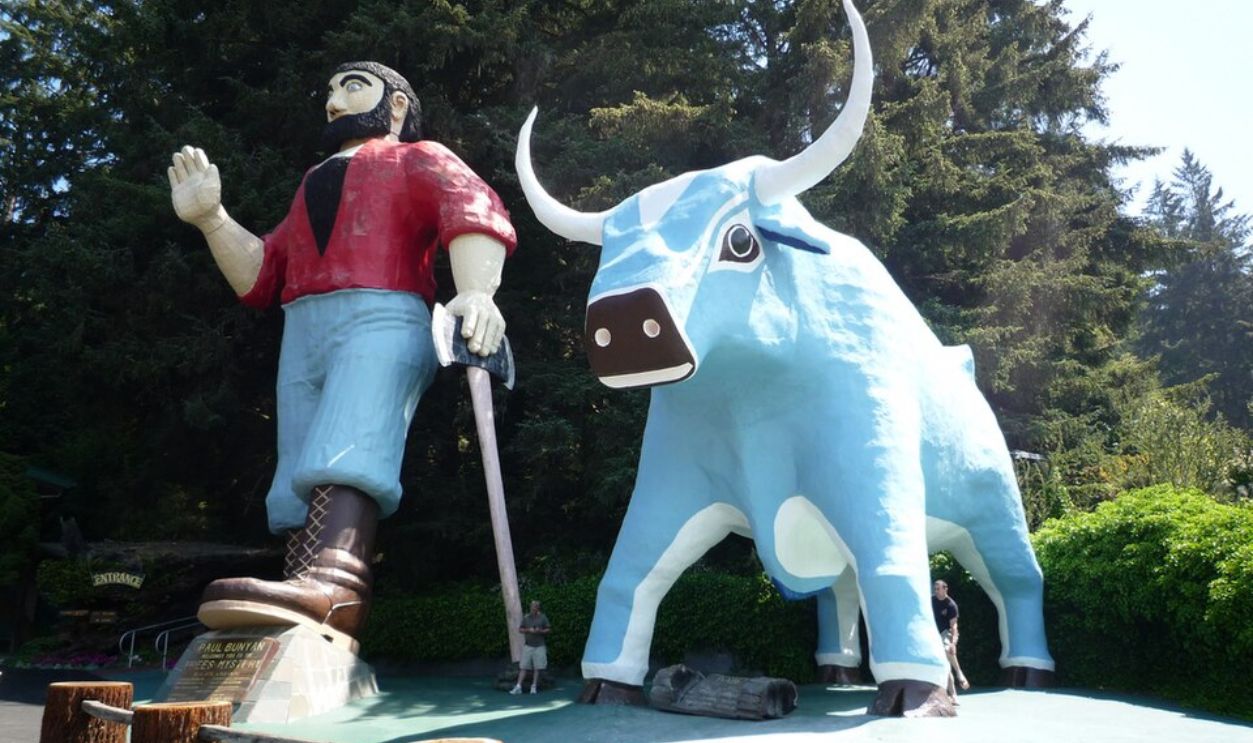 Unknown Author, Wikimedia Commons
Unknown Author, Wikimedia Commons
The Cowherd And Weaver Girl
Celebrated on the seventh day of the seventh lunar month, the Qixi Festival converts this ancient Chinese myth into a living tradition still observed by millions today. The story explains the annual alignment of the stars Altair and Vega, separated by the Milky Way.
The Cowherd And Weaver Girl (Cont.)
First recorded in the "Classic of Mountains and Seas" (Shanhaijing) around the 4th century BCE, the tale tells of a weaver girl (Zhinu) and a cowherd (Niulang) whose forbidden love led to eternal separation. They were allowed to meet only once a year.
Flying Dutchman
The Flying Dutchman is one of maritime history’s most enduring ghost stories. First reported by sailors in the 17th century, it is still haunting nautical lore. Based on the epic, the Flying Dutchman is a spectral ship doomed to sail the oceans forever, never able to find rest.
 EmbraerSkyPilot, Wikimedia Commons
EmbraerSkyPilot, Wikimedia Commons
Flying Dutchman (Cont.)
Well, the most common adaptation tells of a Dutch captain, often named Hendrick van der Decken, who defied a violent storm while trying to round the treacherous Cape of Good Hope. During this time, he swore he would complete his journey even if it took until Judgment Day.
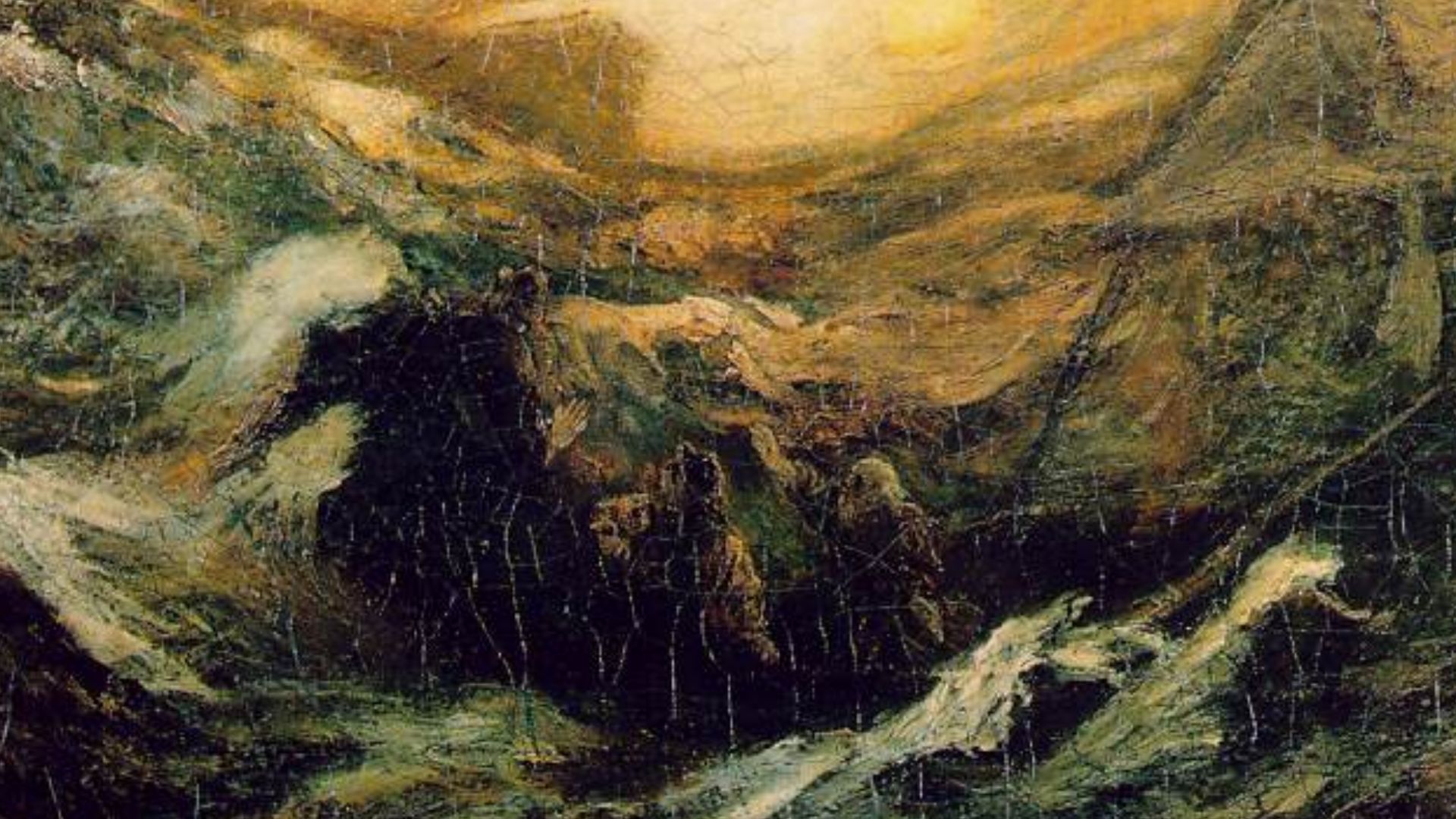 Albert Pinkham Ryder, Wikimedia Commons
Albert Pinkham Ryder, Wikimedia Commons
Flying Dutchman (Cont.)
Some sailors have reported seeing the Flying Dutchman as a glowing, ghostly vessel, especially during storms or fog. A few have even described it as emitting an eerie light and appearing to sail against the wind. However, scientists suggest that many sightings can be attributed to optical illusions.
 Charles Temple Dix, Wikimedia Commons
Charles Temple Dix, Wikimedia Commons



